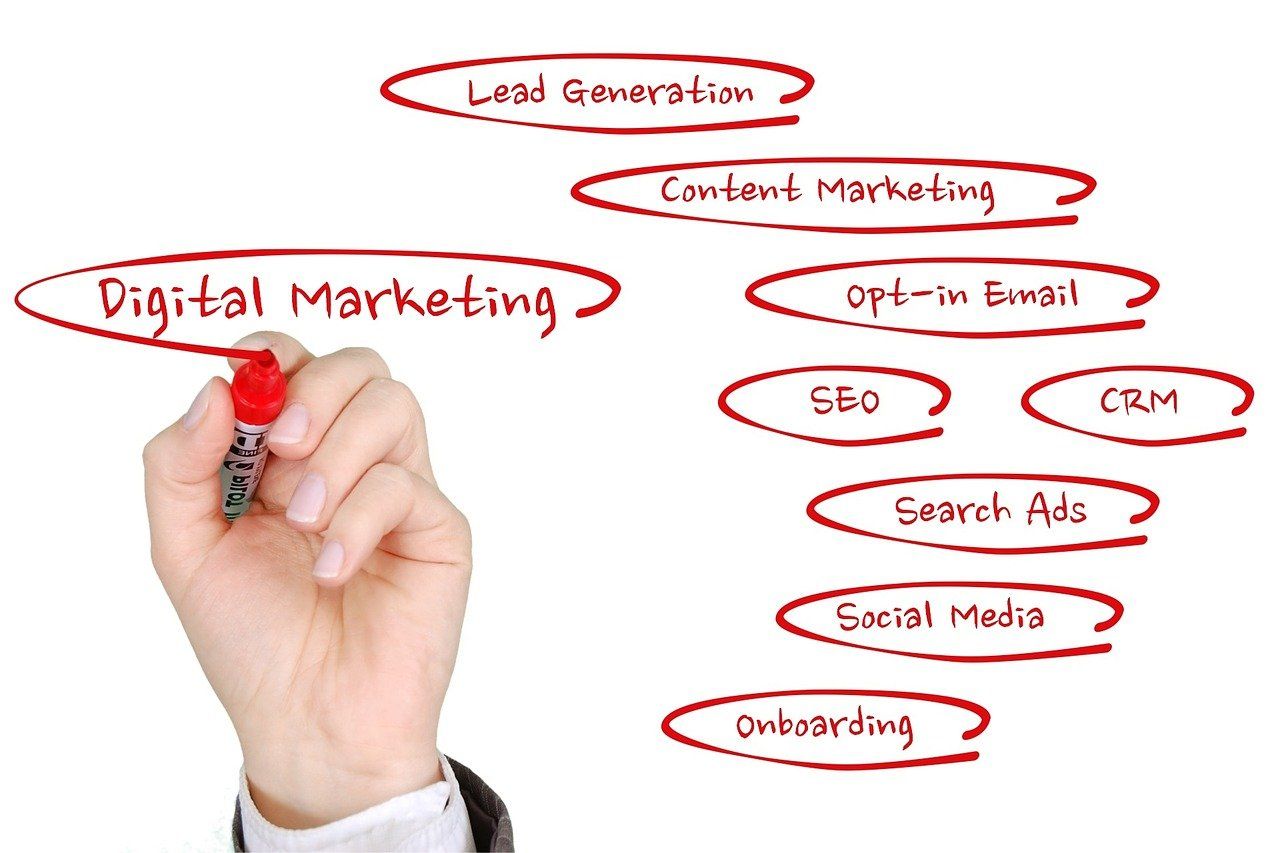A look at digital advertising spending

As the end of 2018 nears, agencies and marketers are anxious to see which shifts are made and what figures will be revealed in the advertising industry. All eyes are on digital to see how much advertising dollars will shift to non-traditional platforms, what the advances are in new placement opportunity (particularly video and mobile inventory) and most stimulating, where are digital advertising dollars landing and who is playing.
Why is spending on digital advertising going up?
Digital has been stealing ad dollars for some time now. A few major factors:
- Newspaper decline
- The rise in streaming content (and how popular its convenience is)
- The shift in where consumers are spending their time.
The trend is a classic case of follow the eyeballs .
What do the numbers look like?
North America is shaping up to be the top advertising market in 2018 with a 37.0% share of worldwide total media, according to eMarketer, with an estimated $107 billion dollars going to digital advertising alone. That estimate may be a little aggressive, as a survey from a statista.com source reports digital ad spend in the US is projected to amount to $117.53 billion dollars in 2020. Regardless, overall digital ad spend worldwide claims staggering amounts of ad budgets and, revealed just this month, Amazon is projected to bring in $4.61 billion in ad revenue on their platform alone worldwide (which makes up only 4.1% of US digital ad spending).
Where/who are the advertising dollars going to?
The behemoths of digital ad revenue generation are Facebook and Google Amazon has been revealed as the 3rd largest digital ad seller in the US, surpassing Oath and Microsoft. This is a huge shift in industry leaders as Amazon successfully doubled its revenue this year to earn the 3rd position. Amazon plans to extend the huge growth spurt and increase more than 50% per year through at least 2020.
Who are the big-spenders?
Looking comparatively between markets, retail is by far claiming the largest piece of the overall digital ad spending pie. Automotive and Financial Services are revealing themselves as aggressive digital ad spenders.
It is also worth noting that B-to-B marketing is also following the digital ad spending path. Coming in just behind in-person trade shows, conferences and events, digital advertising is finding its place with B-to-B marketers. A few factors play a part in the mind-shift of B-to-B marketers utilizing non-traditional media:
- Ability to measure and understand who their digital audience is
- Ability to measure how they are reaching them
- Ability to execute with often much less costs
- Ability to focus on, and generate qualified leads (through platforms such as paid search on Google and Bing)
- Ability to scale brand awareness
What to watch
OTT platforms , which have a small but growing share of the market, deserve the attention of marketers and offers opportunity for advertisers to dominate the space in its seemingly infant stage. This year, Roku’s U.S. ad revenues will surpass $293 million, up 93% over 2017 and Hulu’s U.S. ad revenues will increase by more than 13% to reach $1.12 billion, according to Forbes.
Facebook is projected to gain the most from digital holiday ad spending. According to Reveal's holiday ad spending report , businesses reported that two-thirds of their ad spending will go to digital channels, and of those companies, 42% will focus on Facebook, and another 18% on Facebook-owned Instagram. With Instagram rolling out Shopping in Stories , e-commerce brands stand to set huge records in online purchases.
To compare: social media spending will be more than one-third (36%) of holiday ad budgets; followed by email marketing at 15%; TV at 15%; print at 14%; search engine marketing at 7%; radio at 3%; and digital display ads also at 3%.










